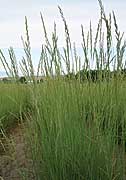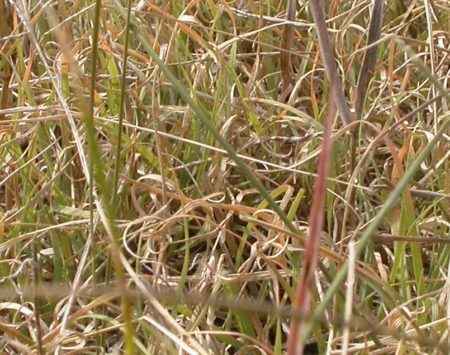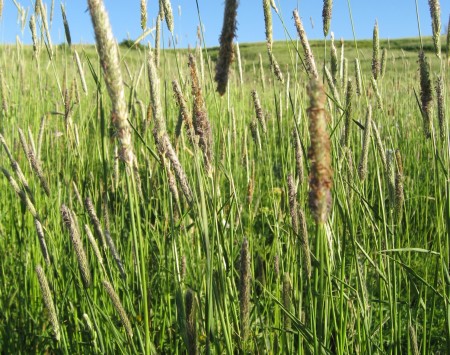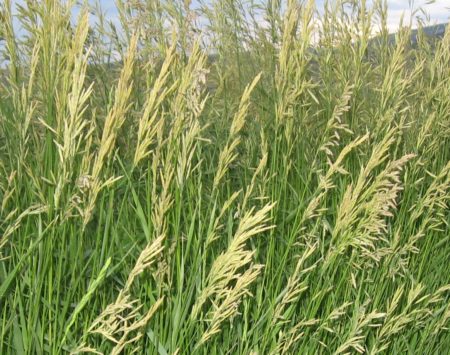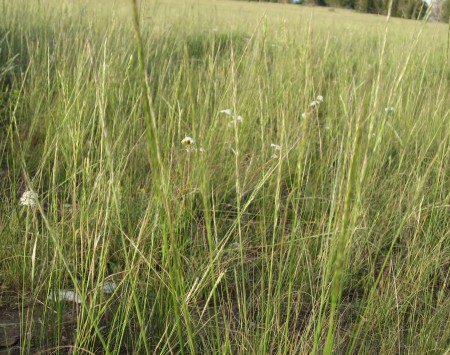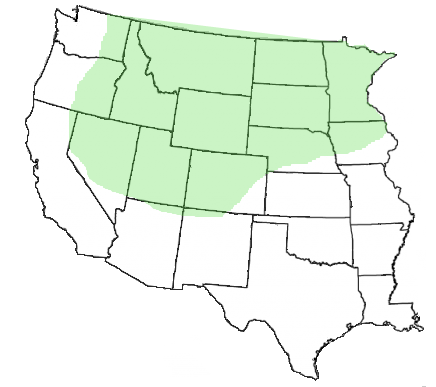 Elymus lanceolatus ssp. lanceolatus,
Elymus lanceolatus ssp. lanceolatus,
Thickspike Wheatgrass
(old nomenclature: Agropyron dasystachyum) (Native)
Medium height, 2 – 4 ft. tall, long-lived, very drought, cold and fire-tolerant, very rhizomatous, sod-forming, cool-season grass. Widely distributed in most of the western US from 1,500 – 10,000 ft. elev. Adapted to all soil textures but does best on medium textures. Fair tolerance of saline soils. Good palatability in spring, moderately tolerant to close grazing. Very valuable species for revegetation of soil disturbing activities such as mining. Also useful for wildfire, range, wildlife habitat, watershed improvement and restoration. Minimum precip. is 5 – 8 inches. Plant fall or spring ¼ – ½ inch deep. 156,000 seeds/lb.
Named Releases: ‘Critana’ (Cultiver) Released in 1971 by the Bridger, MT PMC. From germplasm near Harve, MT. Especially good for a sand dune stabilization species.
‘Schwendimar’ (Cultivar) Released in 1994 from germplasm collected on wind blown sands along the Columbus River near Dalles, OR. Best adapted to sites with 8 inches or more precip. for quick stabilization of coarse textured soils.
‘Bannock’ (Cultivar) Released in 1995 by the Aberdeen, ID PMC. Origin is a composite of collections from the Dalles, OR, Pocatello, ID, and Quincy, WA, Adapted to the Northwest and Intermountain Regions with 8 inches or above precip. Noted for rapid establishment, moderate sod formation, high forage production and ability to survive and thrive in dry conditions.
USDA: Plant Profile | Plant Guide

